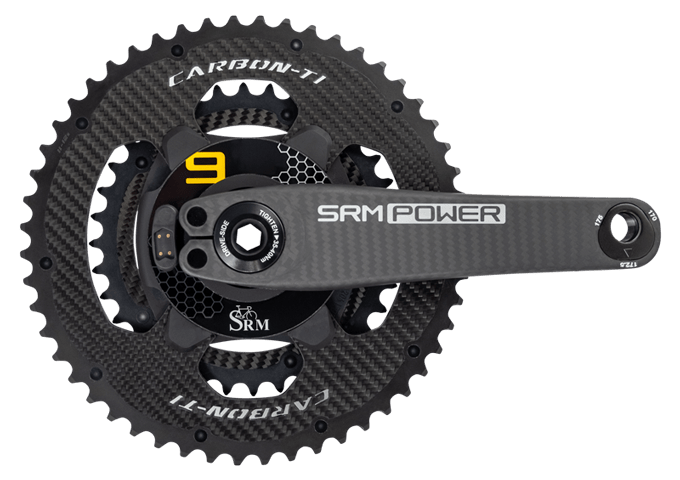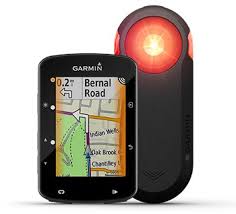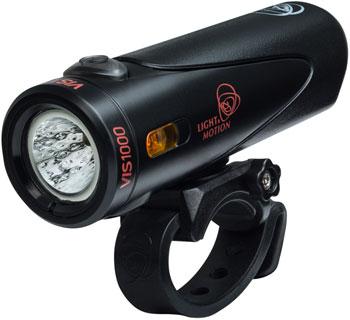Top Road Bicycle Technologies of the Past 20 Years – On-Bike Electronics
Top Road Bicycle Technologies of the Past 20 Years – On-Bike Electronics
While electronic shifting, ebikes and the second generation of Smart Trainers are deserving of their own separate categories on our list of most innovative road and triathlon cycling products of the past twenty years, other electronic innovations merit mention too. Some of the biggest advancements in rider electronics are as follows:
Power Meters for All
 While SRM has been producing power meters since 1986, for years they were considered ethereal lab tools. This was primarily due to their high cost and a nascent understanding of their full potential. Starting in the early 2000’s, this began to change as concepts of power based training became more established and then prices started coming down.
While SRM has been producing power meters since 1986, for years they were considered ethereal lab tools. This was primarily due to their high cost and a nascent understanding of their full potential. Starting in the early 2000’s, this began to change as concepts of power based training became more established and then prices started coming down.
We’ve gone from a quality power meter costing around $3000 in 2002 to quality options that start at just a few hundred dollars in 2022. Associated, enough coaches insist on power meter use with their athletes that a power meter has almost become an expectation on some categories of bikes.
Power meters are a good example of exceptions becoming rules as technology matures and prices come down.
GPS Computer Displays and Radar Safety Systems
 The Garmin Varia integrates safety with technology to help make rider’s more aware. If you own a Varia, you know what I mean. If you don’t, you need to get one.
The Garmin Varia integrates safety with technology to help make rider’s more aware. If you own a Varia, you know what I mean. If you don’t, you need to get one.
Otherwise, the power of today’s full function cycling computers is exceptional. The capabilities of a modern cycling computer are substantial, but can be overwhelming and challenging to get set-up. We are glad to actually see companies paying more attention to the user experience and starting to simplify and clarify the menu options.
GPS has become standard issue on most enthusiast level cycling computers. Other features today include phone integration, emergency contact systems, radar (Varia) to alert you to the location of approaching vehicles, bike alarms, trip planning, massive training data retention and recall, adjustable displays, enough power to go all day, touchscreens, solar power and auto upload via Wi-Fi.
While the complexity of many cycling computers was too great not that long ago, we’re entering the next phase of cycling computer maturity. Manufacturers are recognizing the value of simplifying user-interfaces. We look forward to this trend hopefully continuing as the power of many cycling computers can be empowering once harnessed, but overwhelming, at times trying to get there.
LED Light Systems
 Lowering power consumption massively and increasing intensity while lowering weight, LED light technology and battery advances have redefined what lighting systems can do and how long they can do it. Flashing safety lights of the ‘90’s were often heavy and bulky and thus rarely used by many performance oriented riders. Today, even the most dedicated of racers usually trains with a small flashing light set.
Lowering power consumption massively and increasing intensity while lowering weight, LED light technology and battery advances have redefined what lighting systems can do and how long they can do it. Flashing safety lights of the ‘90’s were often heavy and bulky and thus rarely used by many performance oriented riders. Today, even the most dedicated of racers usually trains with a small flashing light set.
LED technology has also redefined headlights. The brightness, compactness and battery life of today’s light systems makes for almost daylight visibility in your travelled path. 20 years ago, you would get half the power with three times the weight and shorter battery life.
Looking Ahead
Ten years ago, we used to spend many hours setting up and diagnosing power meter installations and computer pairing. Today, the amount is a lot less. Things work much better and pairing in particular has become substantially more reliable and easier to initiate.
The future continues to hold a lot of advancement potential for electronic and digital bike technology. Our hope is that simplicity in integration and interface continues to become a high priority for many electronics related brands. A lot of progress has been made on this front in the past few years, but there is still work to be done to allow many great features to integrate more seamlessly and be easier to set-up for the rider. Batteries that serve multiple devices is a good example of a place where the next horizon may simplify things.
We look forward to seeing what the future brings in terms of continued electronic advances for cycling. Items like the Garmin Varia have revolutionized safety and show that, properly done, ride altering technology can be provided simply and universally. We hope to see more technology like this become more accessible to more riders.
Click to view the full list of the top road bicycle advances of the past twenty years.
Contact Us if you are interested in learning more or purchasing a piece of on-bike electronics.

